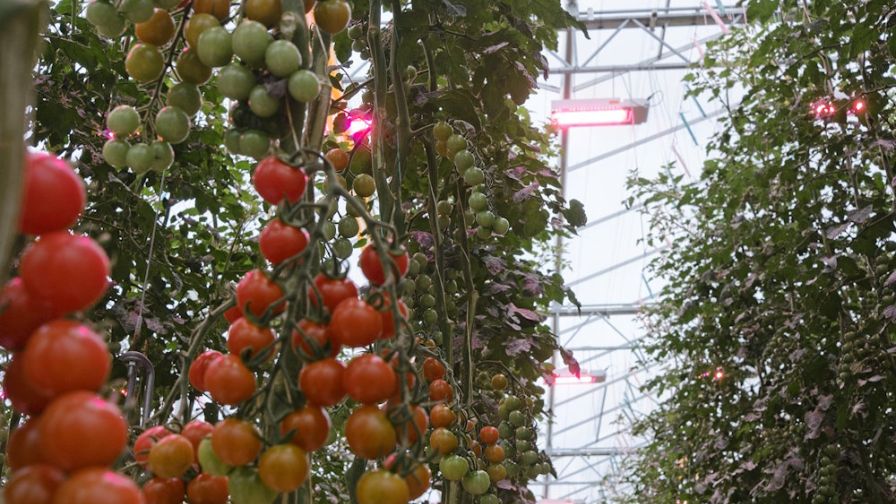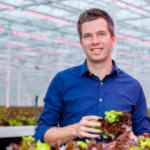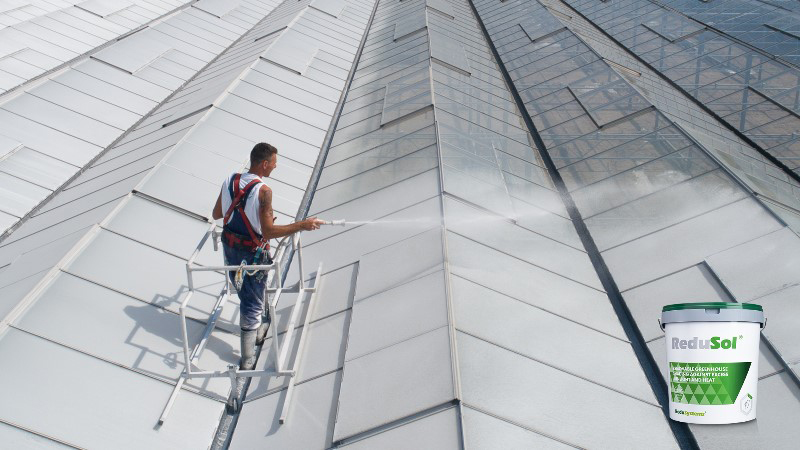Think Far-Red Light Works in Greenhouse Tomatoes? Not So Fast
 Growers want to get as much as possible out of their LED lights. That’s why Signify is conducting ongoing research into the optimal application of its Philips GreenPower LED lighting for various crops in close collaboration with its partners. Various light recipes are being tested in relation to energy consumption, light spectrum, additional yield, and uniformity.
Growers want to get as much as possible out of their LED lights. That’s why Signify is conducting ongoing research into the optimal application of its Philips GreenPower LED lighting for various crops in close collaboration with its partners. Various light recipes are being tested in relation to energy consumption, light spectrum, additional yield, and uniformity.
The use of far red has been one of the hot items lately and appears to have a positive effect on many crops when applied properly. However, at the moment, no far-red light is used in tomato cultivation and we do not expect this to change in the foreseeable future. Nevertheless, it is important for us to investigate the cultivation effects we can achieve with different light spectra.
In collaboration with Wageningen University & Research and vegetable breeder Nunhems, we observe unequivocal results when applying far red: we see that the available energy is easier to direct to the fruits. The degree of production increase when adding far-red light depends heavily on the variety. From other studies we see that the crop is slightly easier to control generatively, which sometimes makes it easier to achieve balance in the crop, and the crop may be slightly more forgiving in times when the growing conditions are not optimal. It is therefore too soon to say that far-red light in tomatoes has no effect at all on growth, quality, or taste. But how does this translate into practice?
Too Uncertain in Practice
For growers, the results have been mixed to say the least. The research shows that there are major differences between varieties. Even when those varieties are genetically very closely related, there may be a huge difference in the effects. Now that breeders are developing new variety portfolios because of the resistance to tomato brown rugose fruit virus, this has become an additional uncertain factor. There are also several results from our fundamental research that are difficult to translate into practice. For example, it turned out that different treatments with far red gave the plant better sink strength, which means that more sugars flow to the fruits. However, this only led to a significant increase in harvest if the far-red was dosed during the entire photoperiod — in this case 16 hours a day. The production increase is therefore disproportionate to the extra energy costs required. In general, we see that the effects are greatest with large proportions of far red.
This sounds logical, but research also shows that the amount of far red applied in practice in the cultivation of cucumbers and strawberries, for example, has a very limited effect. Recent field trials have also demonstrated this. When we apply 10% of the energy we use for lighting in the form of far-red light, we see the crop react to a limited extent. If we use the same amount of energy for PAR light, this yields equal production in a way that is currently less risky and at least as energy efficient.
Some practical studies even showed negative effects from the use of far red. For example, the quality of the green parts can decline because the cells stretch more. This can be detrimental to the shelf life and potentially even affect the condition of the crop in the longer term. We even had to discontinue a number of studies earlier than planned to keep the crop going.
More Costs, Too Little Benefit
In our philosophy, adding far red to the light spectrum only makes sense if it improves the business case of growers. Far red light requires more energy than PAR light, which leads to high additional energy costs. If we take this into account in our practice-based research, we draw a clear conclusion: at the moment, far red is not of interest to the tomato grower. We therefore continue to support our current light recipe for tomato cultivation. If you want healthier plants and more yield, go for more light and leave far-red light out of the equation. Of course, Signify always keeps its finger on the pulse. If, for any reason, there is an impetus to take another look at the wisdom or lack thereof in using far red in tomato cultivation, we will not hesitate to take it up!









